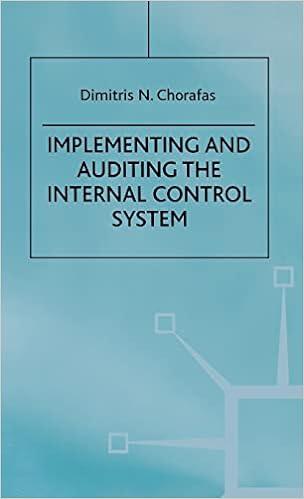Required information [The following information applies to the questions displayed below] Sweeten Company had no jobs in progress ot the beginning of the year and no beginning inventories. It started, completed, and sold only two jobs during the year- Job P and Job Q. The company uses a plantwilde predetermined overhead rate based on machine-hours. At the beginning of the year, it estimated that 4,000 machine-hours would be required for the period's estimated level of production. Sweeten also estimated $27,000 of fixed manufacturing overhead cost for the coming period and variable manufacturing overhead of $2.20 per machine-hour. Becouse Sweeten has two manufacturing departments - Molding and Fabrication-it is considering replacing its plantwide overhead rate with departmental rates that would also be bosed on mochine-hours. The company gathered the following odditional information to enable calculating departmental overhead rates: The direct materials cost, direct labor cost, and machine-hours used for Jobs P and Q are as follows: Sweeten Company had no overapplied or underapplied manufacturing overhead costs during the year. Required: For questions 1-8, assume that Sweeten Company uses o plantwide predetermined overhead rate with machine-hours as. the allocation base. For questions, 9-15, assume that the company uses predetermined departmental overhead rates with machine-hours as the allocation base in both departments. 14. Assume that Sweeten Company uses cost-plus pricing (and a markup percentage of 80% of total manufacturing cost) to establish selling prices for all of its jobs. If Job P includes 20 units and Job Q includes 30 units, what selling price would the company establish for Jobs P and Q? What are the sellina prices for both iobs when stated on a oer unit basis? Because Sweeten has two manufacturing departments - Molding and Fabrication-it is considering replacing its plantwide overhead rate with departmental rates that would also be based on machine-hours. The company gathered the following additional information to enable calculating departmental overhead rates: The direct materials cost, direct labor cost, and machine-hours used for Jobs P and O are as follows: Sweeten Company had no overapplied or underappled manufacturing overhead costs during the year, Required: For questions 1-8, assume that Sweeten Company uses a plantwide predetermined overhead rate with machine-hours as the allocation base. For questions, 9.15, assume that the company uses predetermined departmental overhead rates with mochine-hours as the allocation base in both departments. 4. Assume that Sweeten Company uses cost-plus pricing (and a markup percentage of 80% of total manufacturing cost) to establish elling prices for all of its jobs. If Job P includes 20 units and Job Q includes 30 units, what selling price would the company establish or Jobs P and Q ? What are the selling prices for both jobs when stated on a per unit basis? lote: Do not round intermedlate calculations. Round your final answers to nearest whole dollar. wequired intormation [The following information applies to the questions displayed below] Sweeten Company had no jobs in progress at the beginning of the year and no beginning inventories. It started. completed, and sold only two jobs during the year-Job P and Job Q. The company uses a plantwide predetermined overhead rate based on machine-hours. At the beginning of the year, it estimated that 4,000 machine-hours would be required for the period's estimated level of production. Sweeten also estimated $27,000 of fixed manufacturing overhead cost for the coming period and variable manufacturing overhead of $2.20 per machine-hour: Because Sweeten has two manufacturing departments-Molding and Fabrication-it is considering replacing its plantwide overhead rate with departmental rates that would also be based on machine-hours. The company gathered the following additional information to enable calculating departmental overhead rates: The direct materials cost, direct labor cost, and machine-hours used for Jobs P and Q are as follows: Sweeten Company had no overapplied or underapplied manufacturing overhead costs during the yeaf. Required: For questions 1-8, assume that Sweeten Company uses a plantwide predetermined overhead rate with machine-hours os the allocation base. For questions, 9-15, assume that the company uses predetermined departmental overhead rates with machine hours as the allocation base in both departments. 15. What is Sweeten Company's cost of goods sold for the year? Note: Do not round intermediate calculations. cost for the coming period and vanable manutacturing overnead of $.U per machine-rour. Becouse Sweeten has two manufacturing departments - Molding and Fabrication-it is considering replacing its plantwide overhead rate with departmental rates that would aiso be based on machine-hours. The company gothered the following additional information to enable calculating departmental overhead rates: The direct materials cost, direct labor cost, and machine-hours used for Jobs P and Q are as follows: Sweeten Company had no overapplied or underapplied manufacturing overhead costs during the year. Required: For questions 1.8, assume that Sweeten Company uses a plantwide predetermined overhead rate with machine-hours as the allocation base. For questions, 9-15, assume that the company uses predetermined departmental overhead rates with machine-hours as the allocation base in both departments. 15. What is Sweeten Company's cost of goods sold for the year? Note: Do not round intermediate calculations










